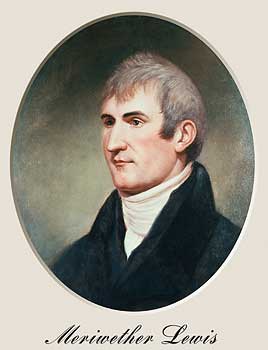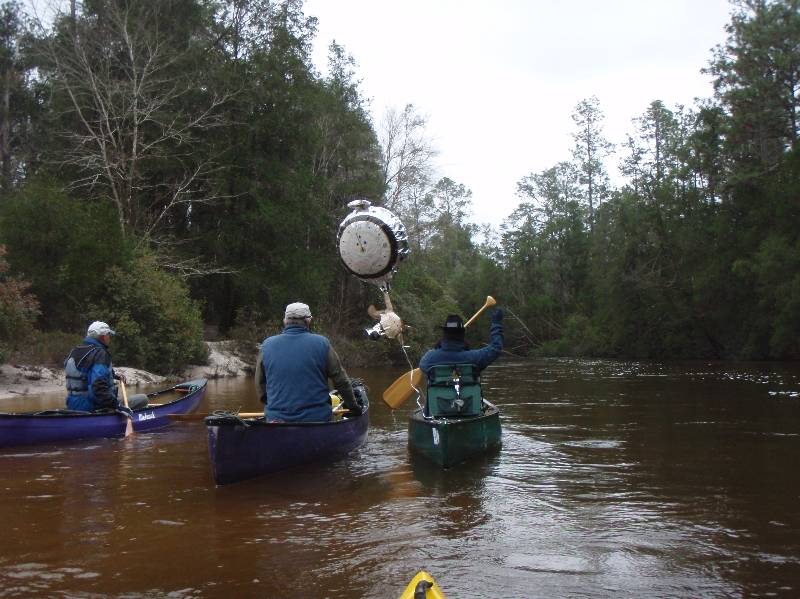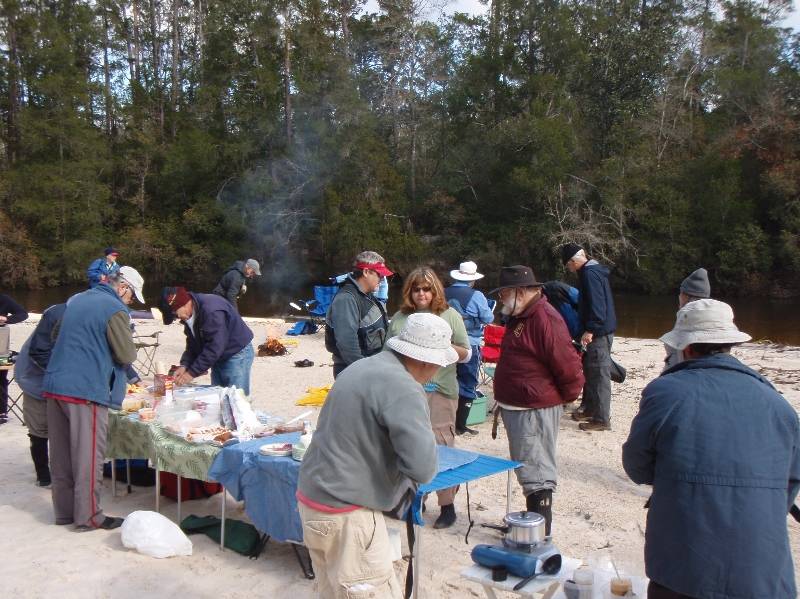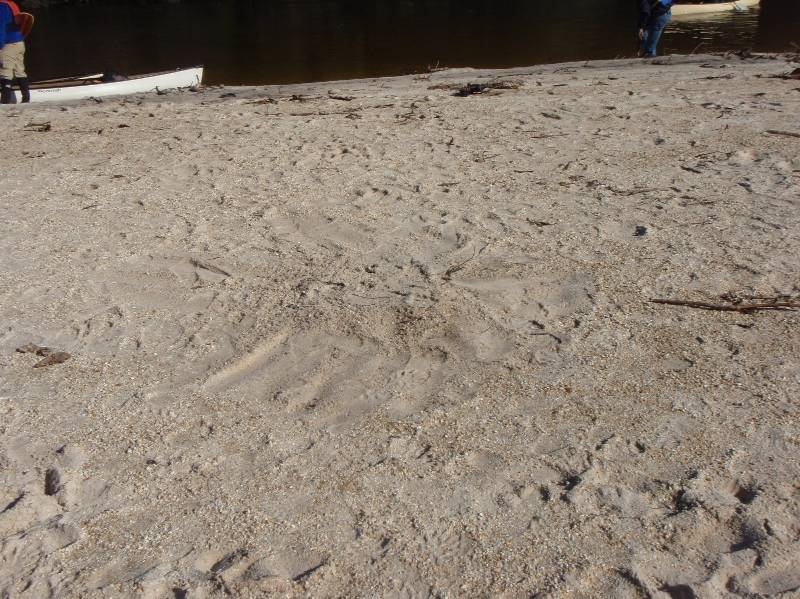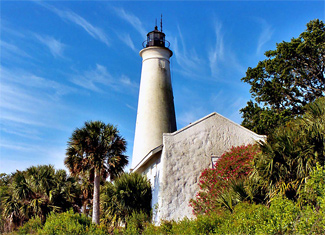Hearne, Samuel / A Journey From Prince of Wales Fort in Hudson's Bay to the Northern Ocean
Heat-Moon, William Least / River-Horse; the logbook of a boat across America
Heinrich, Bernd / Life Everlasting: The Animal Way of Death
Helmericks, Constance / Down the Wild River North
Henderson, Bob / Every Trail Has a Story; Heritage Travel in Canada
Herndon, Ernest / Canoeing Mississippi
Herrero, Stephen / Bear Attacks Their Causes and Avoidance
Heuer, Karsten / Being Caribou
Hildebrand, John / Reading the River
Hodgins, Bruce & Hobbs, Margaret (edited by) / Nastawgan
Hodgins, Bruce W. & Hoyle, Gwyneth / Canoeing North into the Unknown: A Record of River Travel, 1874-1974
Hoffman, Gary / Mighty Miss: A Mississippi River Experience
Holling, Holling Clancy / Paddle-to-the-Sea
Houck, Oliver A. / Downstream Toward Home
Huck, Barbara / Exploring the Fur Trade Routes of North America
Hummel, Monte / Wintergreen: Reflections from Loon Lake
Huntington, James / The Edge of Nowhere
Ingstad, Helge / The Land Of Feast & Famine
Jacobson, Cliff / Expedition Canoeing
Jacobson, Cliff / Camping's Top Secrets
Jacobson, Cliff / Canoeing Wild Rivers
Jacobson, Cliff / Boundary Waters Canoe Camping
Jacobson, Cliff / The Forgotten Skills
Jellison, Jared / Fighting the Current: There & Back
Jenish, D'arcy / Epic Wanderer
Jennings, Hodgins & Elliot, editors / The Canoe in Canadian Cultures
Jennings, John / The Canoe: A Living Tradition
Jerome, John / Blue Rooms
Jordan, Jennifer / Last Man on the Mountain (removed as non-paddling related)
Jerome, Jerome K. / Three Men in a Boat: To Say Nothing of the Dog
Kane, Joe / Running the Amazon
Karras, A.L. / North To Cree Lake
Kazaks, Peter / From Reinder Lake to Eskimo Point
Keith, Sam / One Man's Wilderness
Kerasote, Ted / Out There
Kesselheim, Alan S. / Going Inside
Kesselheim, Alan S. / The Wilderness Paddler's Handbook
Kesselheim, Alan S. / Threading the Current: A Paddler’s Passion for Water
Kesselheim, Alan S. / Water & Sky
Keyser, Esther / Paddle My Own Canoe
Kimber, Robert / A Canoeist's Sketchbook
Klein, Clayton / Cold Summer Wind
Kochanski, Mors / Northern Bush Craft
Krakauer, Jon / Into The Wild
Lamb, W. Kaye, editor / Simon Fraser: The letters and journals of Simon Fraser,
1806-1808 / edited with an introduction by W. Kaye Lamb.
Larpenteur, Charles / Forty Years a Fur Trader on the Upper Missouri
Leaf , Sue / The Bullhead Queen: A Year on Pioneer Lake
Leaf, Sue / Portage
Leopold, Aldo / A Sand Country Almanac
Lewis, Jim / Ka-Ka-Ska-Ska
Lewis, Jon / The Best survival Stories Ever Told
Lindemann, Hannes / Along at Sea
London, Jack / Call of the Wild
London, Jack / To Build a Fire
London, Jack / White Fang
Lopez, Barry / About This Life
Lopez, Barry / Arctic Dreams
Lopez, Barry / Of Wolves and Men
Lundy, Derek / God's Forsaken Sea: A True Story of a Race Through the World's Most Dangerous Waters
Lynd, Bob & Louise / A Mississippi River Odyssey: 1939, Ft. Benton to New Orleans
MacGregor J. / A Thousand Miles in the Rob Roy Canoe on Rivers and Lakes of Europe
Mackenzie, Alexander / First Crossing
Mackenzie, Alexander / Journals of Alexander Mackenzie
Mackenzie, Alexander / Alexander Mackenzie’s Voyage to the Pacific Ocean
Maclean, Norman / A River Runs Through It
Marchildon, Greg & Robinson, Sid / Canoeing the Churchill
Martin, Alexander / Canoeing (for National Outdoor Leadership School)
Mason, Bill / Path of the Paddle
Mason, Bill / Song of the Paddle
Mason, Mort D. / The Alaska Bush Pilot Chronicles
McCarthy, Kevin M. / St. Johns River Guidebook

